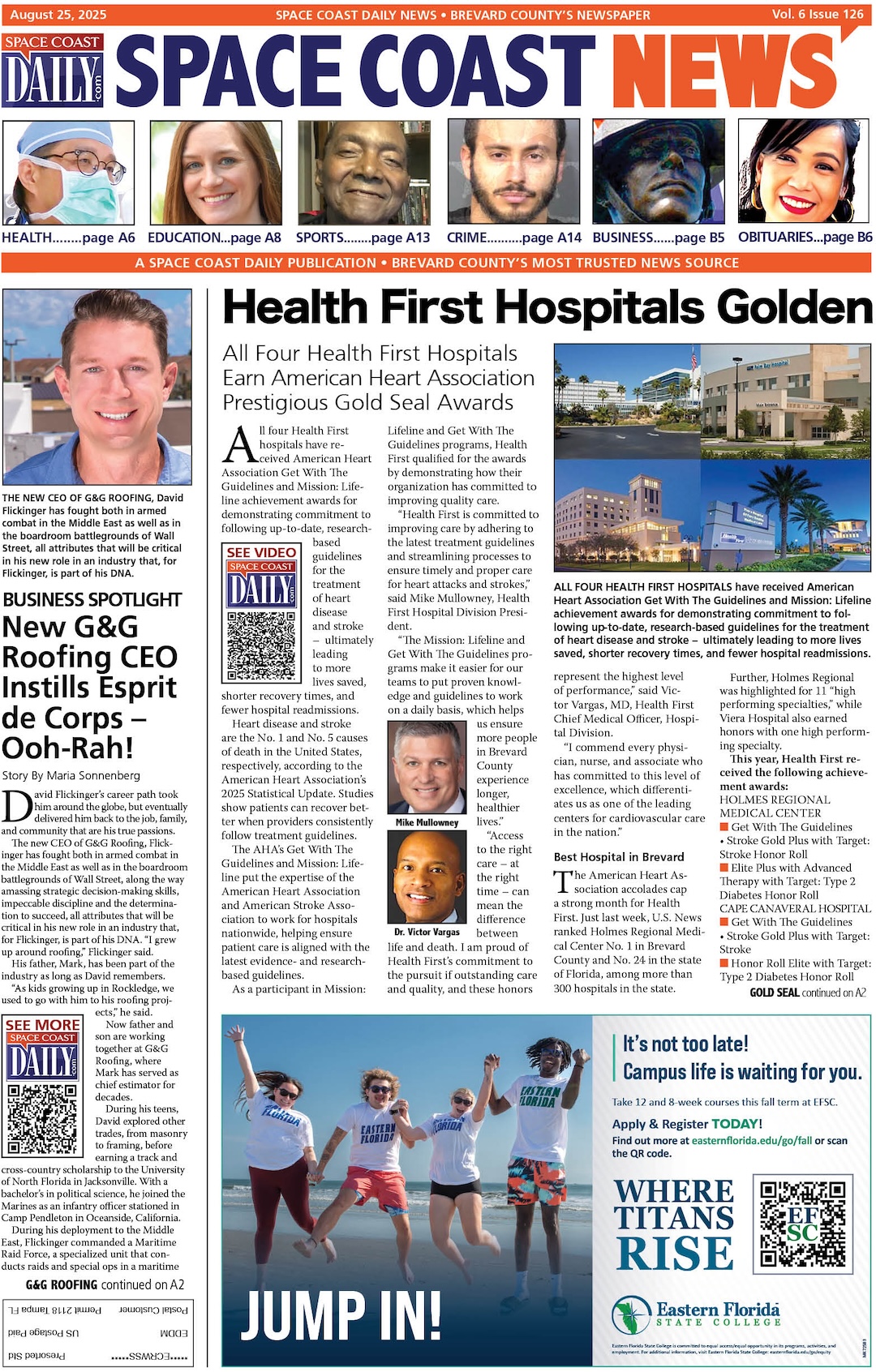The Ultimate Lifting Sling Guide: Find Out What the Pros Use for Maximum Strength
By Space Coast Daily // May 5, 2025

In construction, rigging, and industrial transport, lifting slings are the quiet workhorses behind nearly every successful lift. These powerful tools are used to secure, support, and maneuver heavy loads with precision and safety. Whether hoisting a steel beam, relocating machinery, or loading freight, the choice of sling makes a massive difference in efficiency and security.
Professionals don’t rely on guesswork—they use time-tested tools to handle the toughest conditions. If you’re working in environments where strength, safety, and durability matter, understanding what the pros use for lifting is essential.
Types of Lifting Slings You Need to Know
There’s no one-size-fits-all when it comes to lifting slings. Different materials serve different purposes. The three most commonly used types are wire rope, chain, and synthetic slings. Each type has unique benefits, and professionals choose based on the nature of the load, lifting angle, temperature conditions, and abrasion risk.
Wire rope slings are known for their ruggedness and flexibility, which are especially useful in heavy-duty applications like the marine or steel industries. On the other hand, chain slings offer unmatched durability and are often favored in environments where resistance to heat and impact is critical. Synthetic slings—made from nylon or polyester—are lightweight, easy to handle, and gentle on sensitive surfaces, making them ideal for more delicate lifting jobs.
Why Professional Riggers Prefer Chain Slings
Chain slings are often the first choice among seasoned professionals regarding maximum lifting strength and versatility. These slings are made from alloy steel, can endure high temperatures, resist abrasion, and easily handle awkward loads. One of the most appreciated features is their adjustability.
With shortening hooks and multiple leg configurations, a chain sling can be adapted on the fly, which makes it extremely valuable on dynamic job sites. Professionals also rely on chain slings being easy to inspect and repair, offering a longer service life and higher return on investment over time.
The Role of Sling Angles in Load Safety
No matter how strong your lifting sling is, sling angle plays a critical role in safe hoisting. A poor angle reduces lifting capacity and increases tension, risking damage to the load or causing failure. Pros are meticulous when calculating sling angles to ensure they stay within safe working loads. They also use hardware like shackles and master links to create balanced, stable lifts. These additional components support multi-leg sling configurations and help distribute weight evenly.
Choosing the Right Sling for the Job
The right sling depends on several key factors—load weight, shape, environment, and frequency of use. Professional riggers evaluate the job’s specifics before deciding on sling type and configuration. For example, lifting irregularly shaped objects might require a synthetic round sling with better flexibility, while transporting a high-temperature load would point to a chain sling. This analysis helps prevent overloading, tearing, or crushing sensitive equipment.
Inspection and Maintenance: What the Pros Never Skip
Even the strongest sling will wear out if it’s not properly maintained. Experts know that routine inspection is not optional—it’s mandatory. Before every lift, they check for wear, corrosion, cuts, or deformation. Chain slings are inspected link by link, while synthetic slings are checked for fraying and discoloration. Professionals also follow OSHA and ASME guidelines for periodic inspections, ensuring equipment remains compliant and safe throughout its lifespan.
Sling Accessories That Make a Big Difference
A lifting sling is only as effective as the hardware that supports it. Master links, hooks, shackles, and thimbles contribute to a successful lift. Seasoned operators carefully match each component with the sling’s rated capacity and environmental demands. For instance, a self-locking hook provides extra safety during overhead lifts, while swivel hooks allow easy load alignment. By investing in quality accessories, professionals significantly reduce the margin for error.
Synthetic Slings: Not Just for Light Loads
While synthetic slings are often associated with lighter or more fragile loads, they can handle significant weight, up to several tons, if properly rated. They are popular among pros because of their flexibility, ease of storage, and lower chance of damaging surfaces. Nylon slings stretch slightly under load, absorbing shock and reducing strain, while polyester options offer minimal stretch and greater chemical resistance. Pros understand the difference and select accordingly based on job site variables.
Understanding Load Capacity Ratings and Labels
Every lifting sling has a tag or label specifying its working load limit (WLL), material, length, and manufacturer information. This isn’t just for reference—it’s a critical safety detail. Professionals never ignore these ratings. They calculate total load weight, center of gravity, and sling angle before every lift to ensure the sling isn’t being pushed beyond its limit. Proper documentation and understanding of these ratings are non-negotiable for those working in high-stakes lifting environments.
The Future of Lifting Slings: Innovation in Materials and Safety
Technology continues to push the boundaries of what lifting slings can do. Advanced synthetic fibers are now being developed to rival steel in strength while offering superior weight and chemical resistance. Professionals also adopt smart slings embedded with RFID chips to track inspections and usage history. These innovations improve workplace safety and operational efficiency and reflect the industry’s growing focus on accountability and data-driven equipment management.
When it comes to heavy lifting, there’s no room for compromise. The pros know that success starts with using the right equipment, and Lifting Slings are at the heart of every safe, efficient lift. From chain slings built for brute strength to synthetic slings designed for flexibility and care, the right choice can dramatically improve safety and productivity. Don’t just lift—lift smarter, with the gear trusted by those who do it daily.












